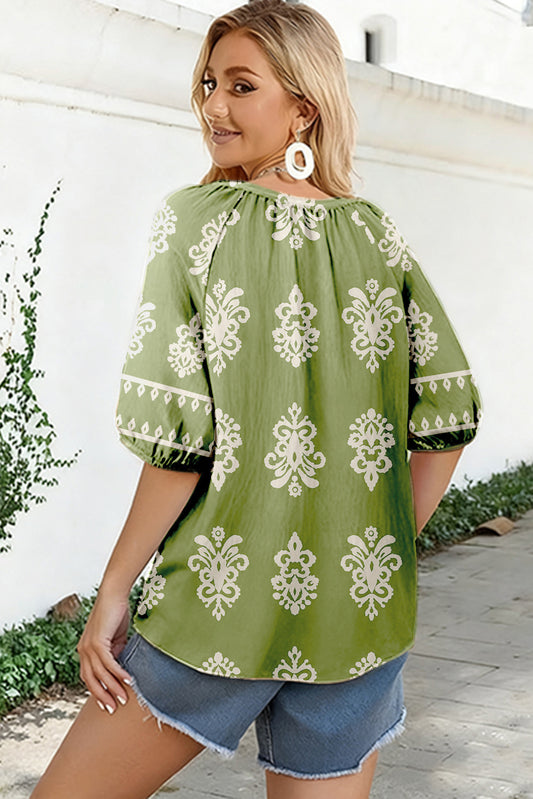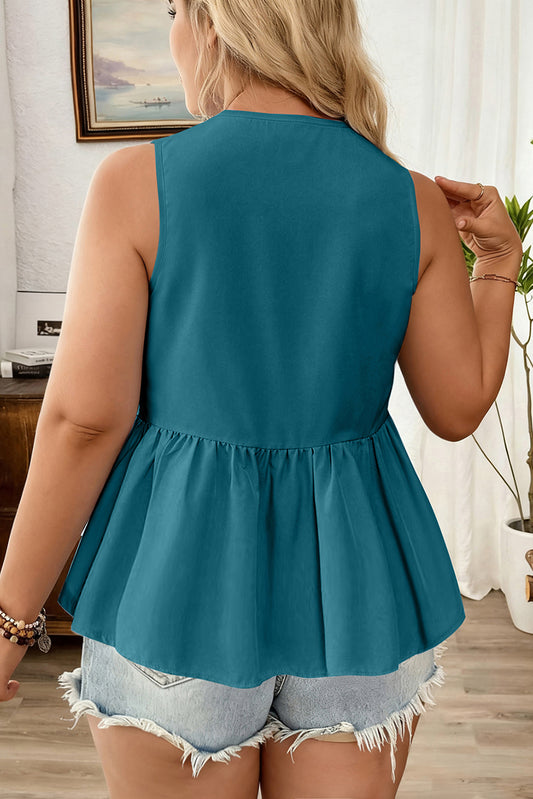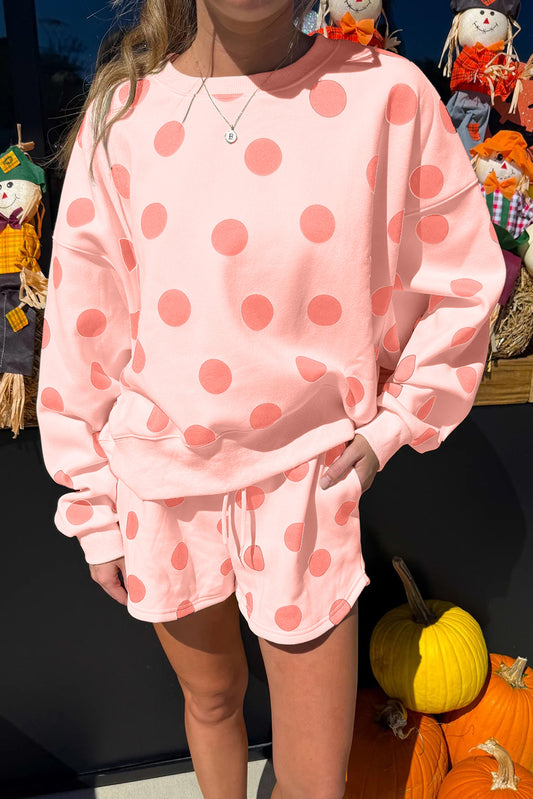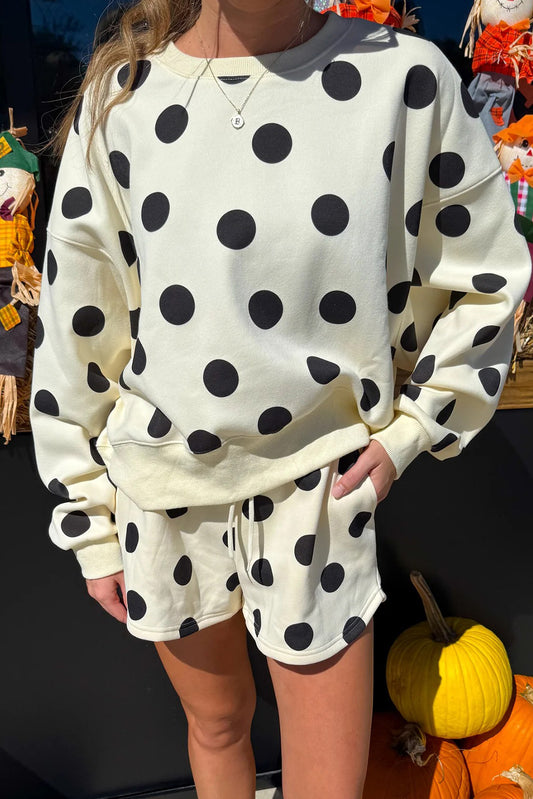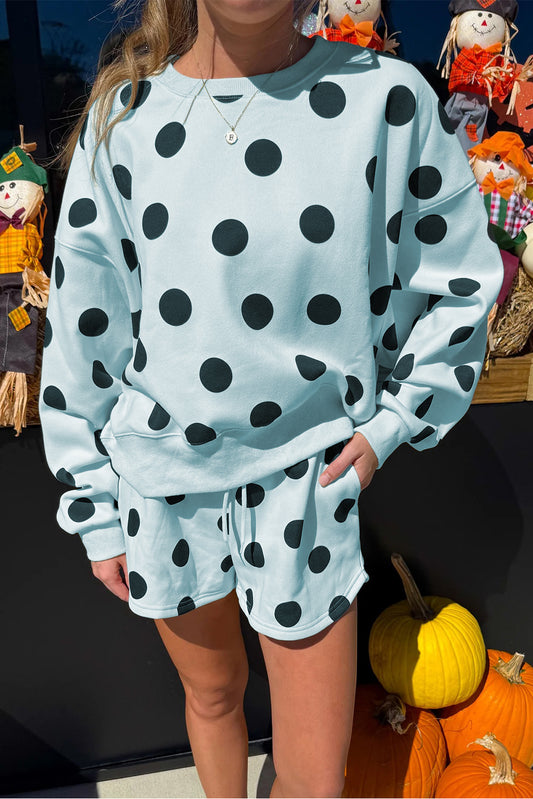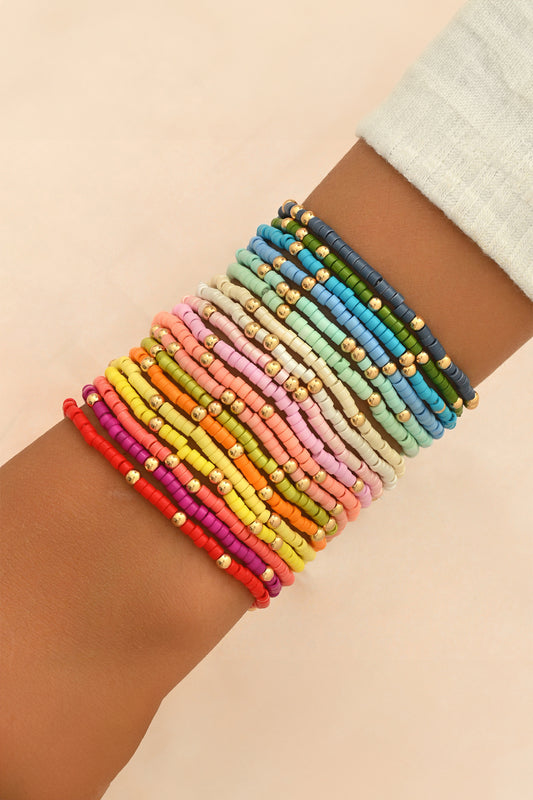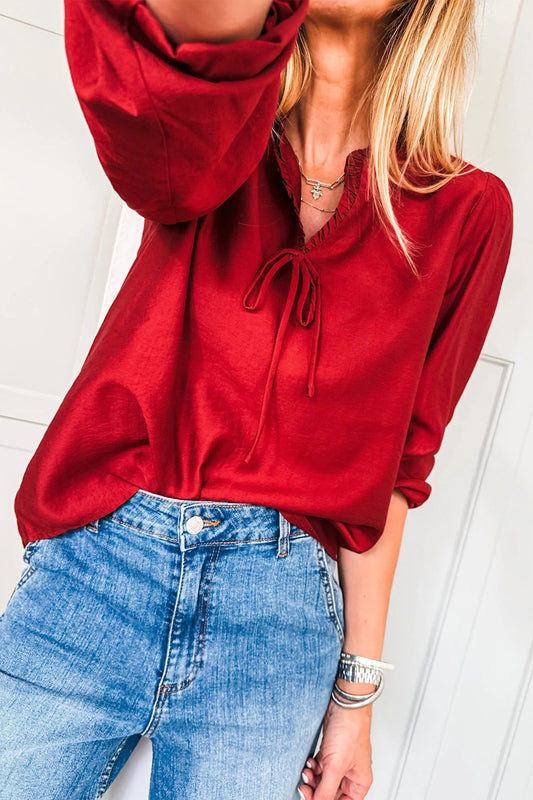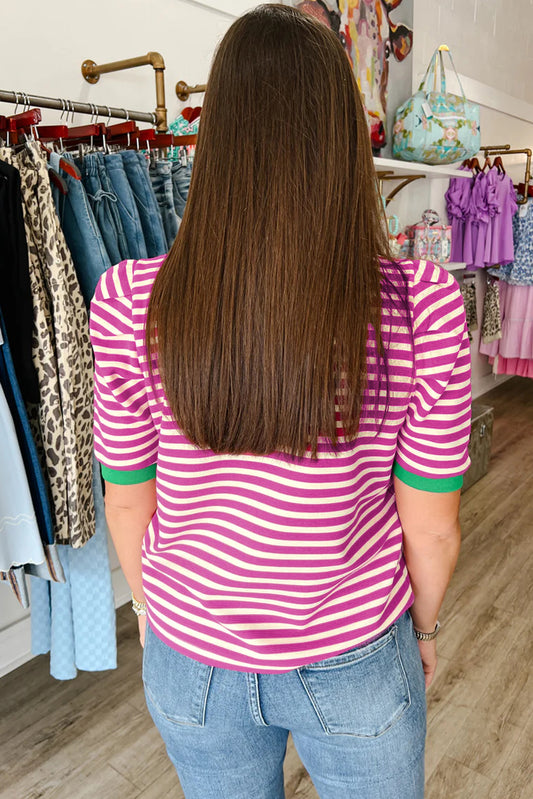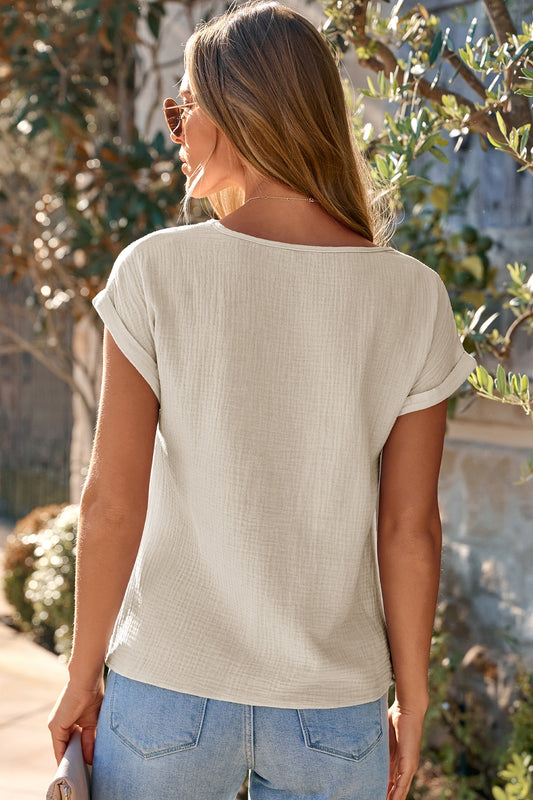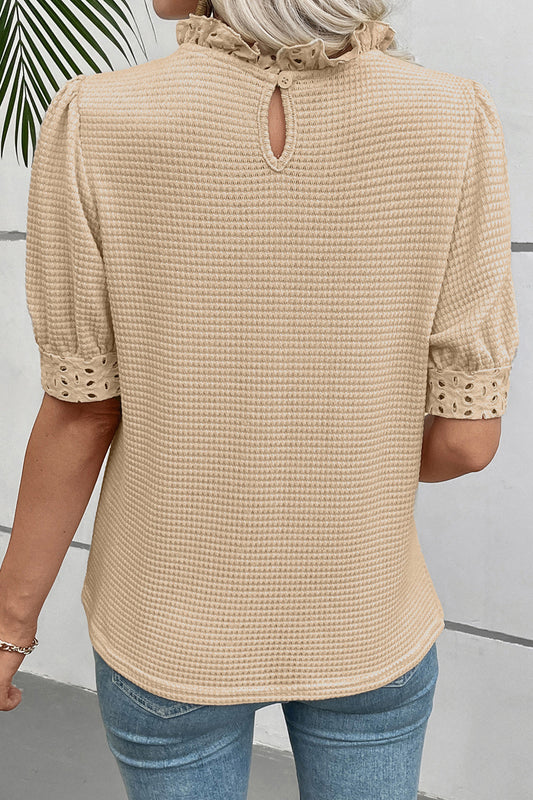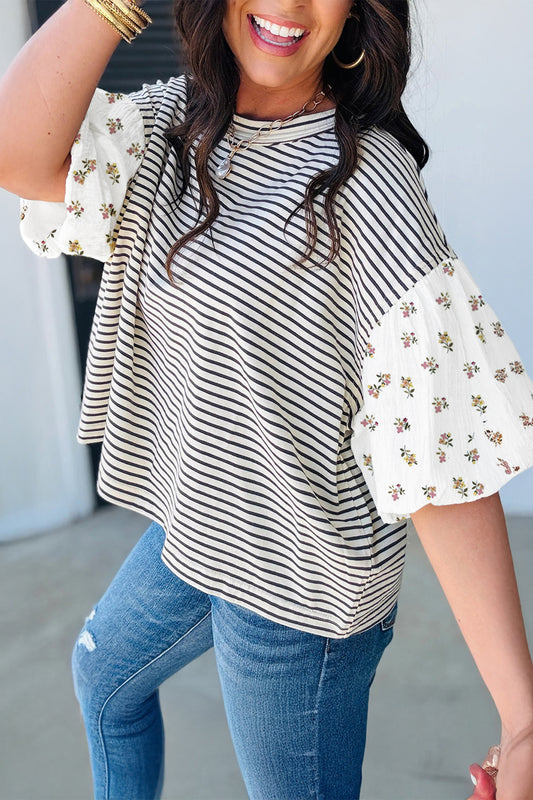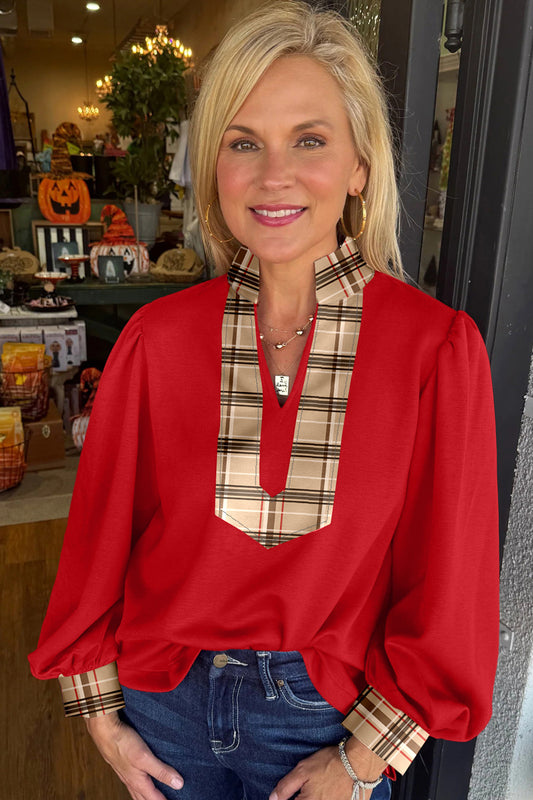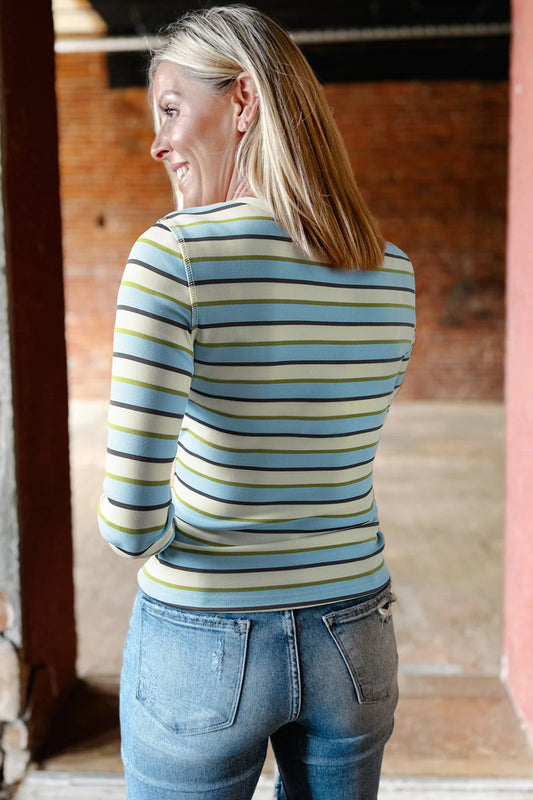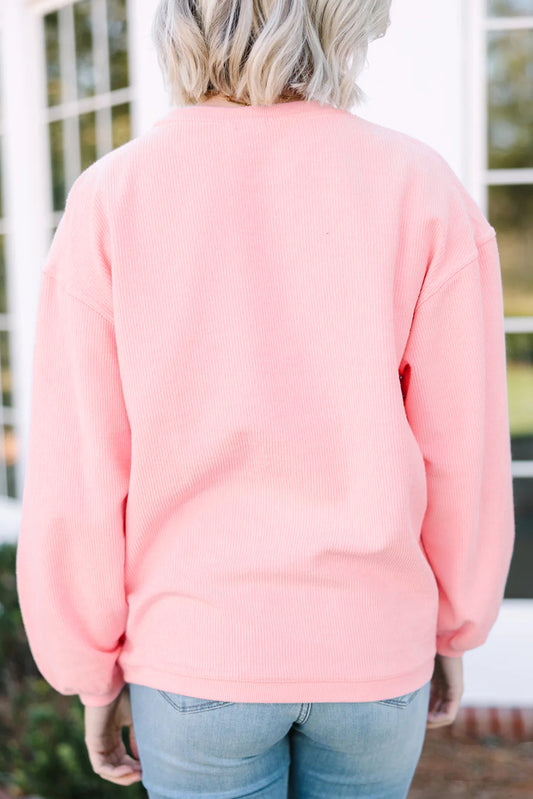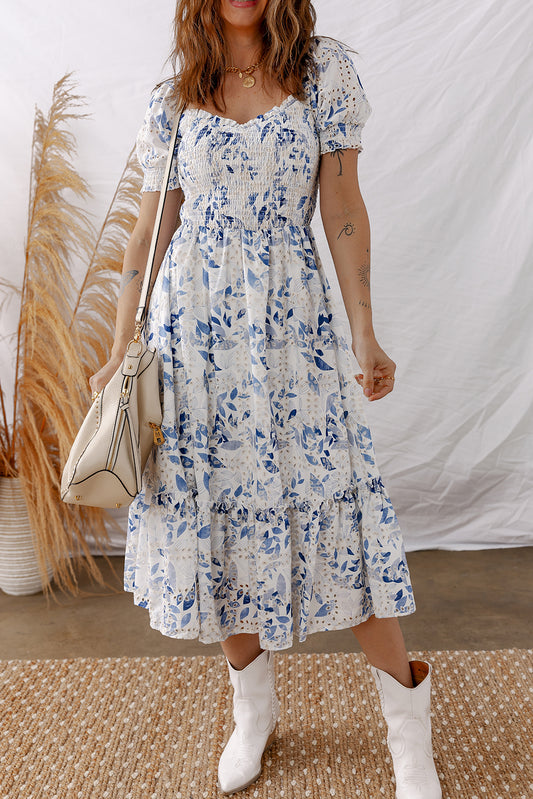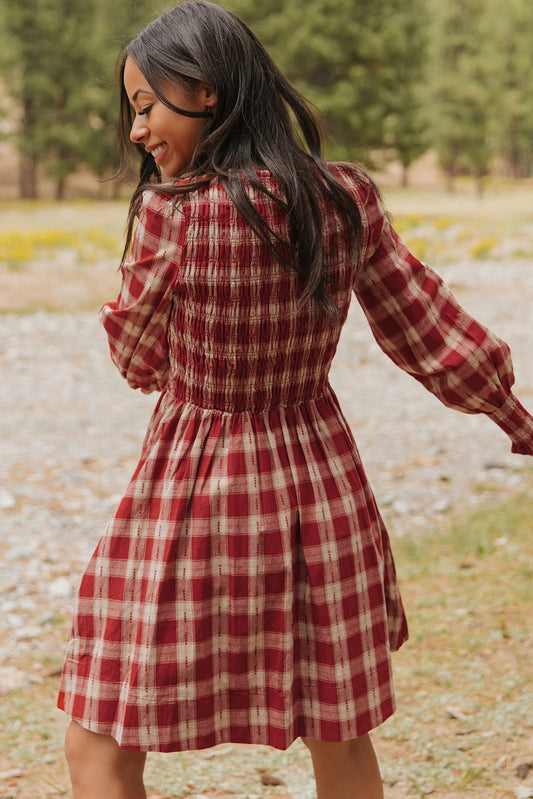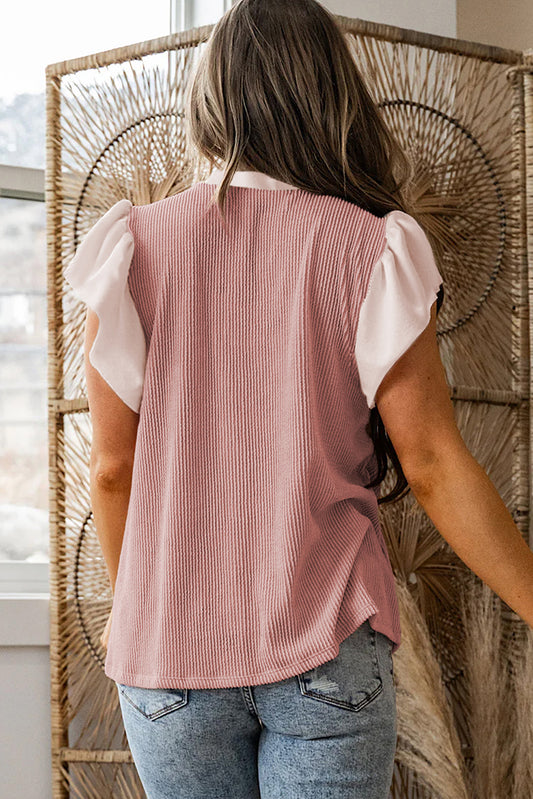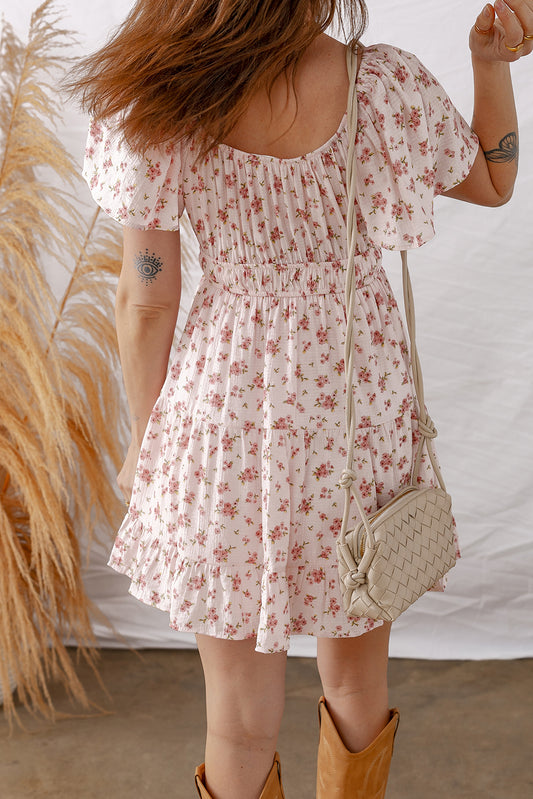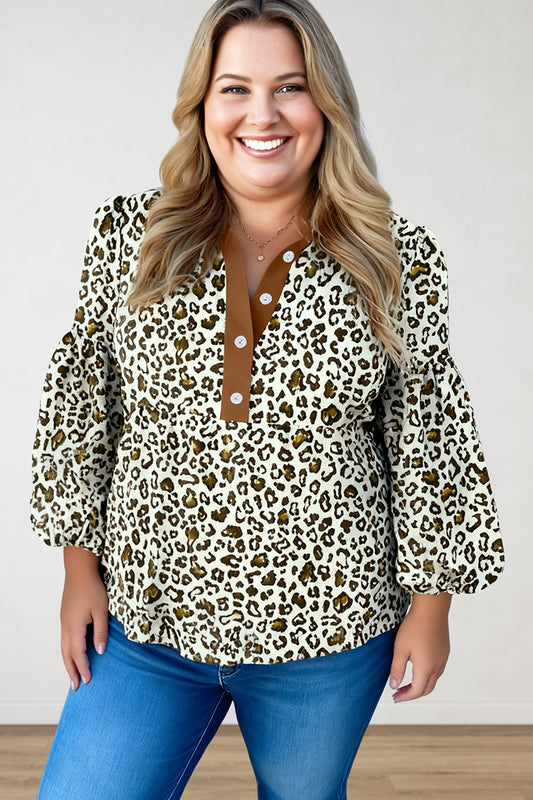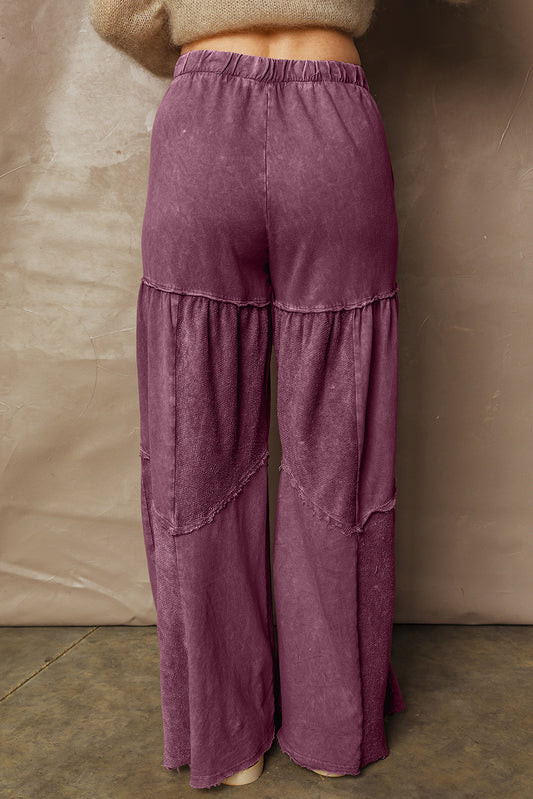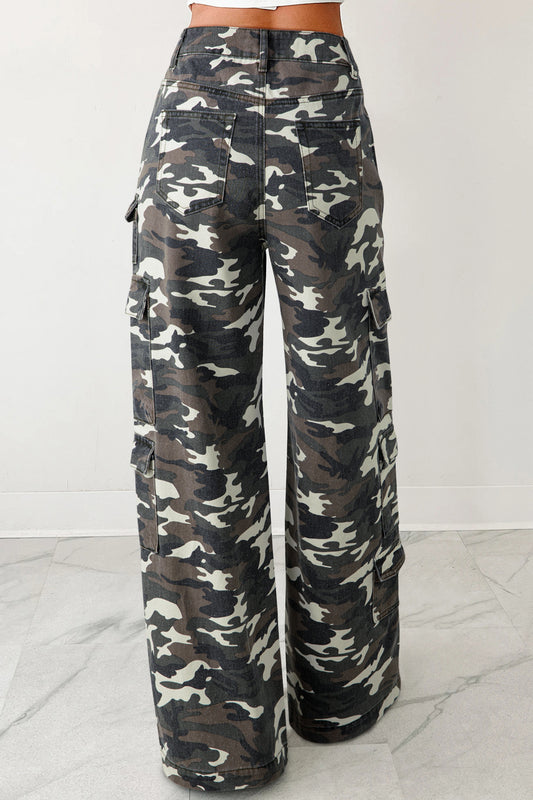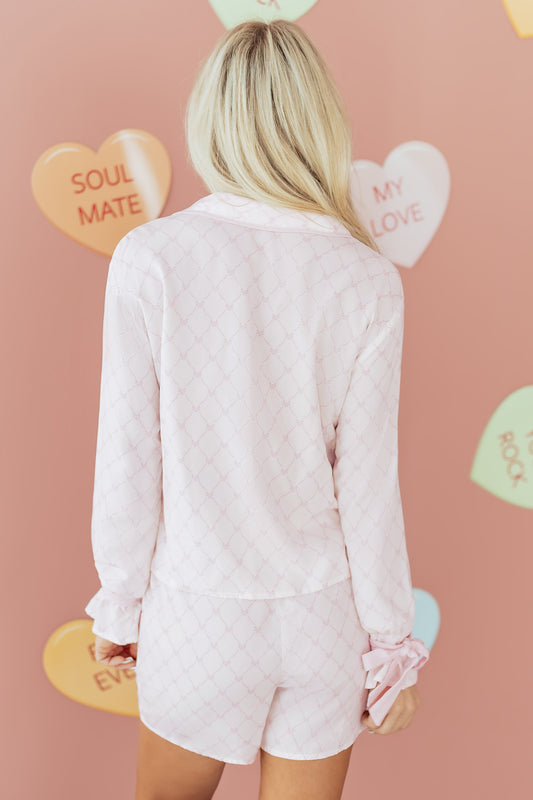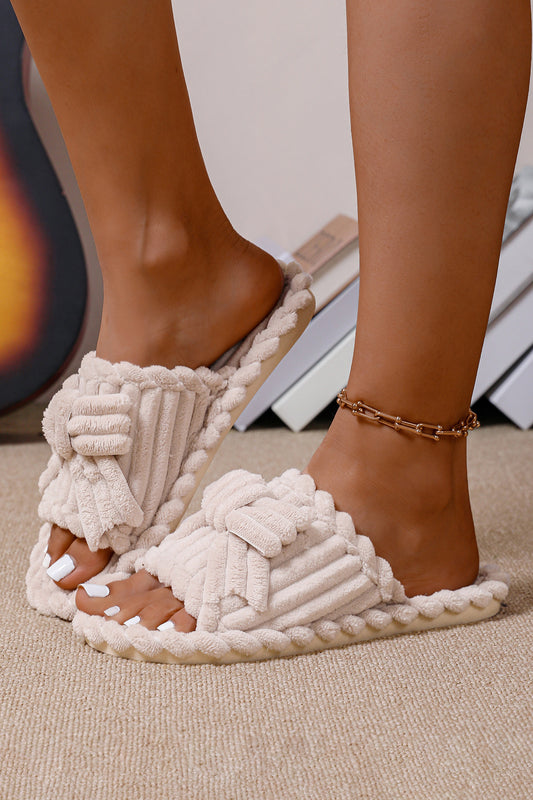
What Cultural Significance Do White Dresses Have In Western Weddings?
White wedding dresses have deep-rooted cultural significance in Western weddings. Originating with Queen Victoria's iconic white satin gown in 1840, they symbolize purity, wealth, tradition, and cultural influence. Through centuries of evolution, white dresses have become synonymous with bridal fashion, embodying both the transition into adulthood and religious symbolism. Although the tradition of wearing white remains strong, modern practices have opened doors to a more personalized approach to bridal attire.
Table of Contents
- A Royal Influence
- Symbolism of White
- The Dress and the Culture
- Evolution of Bridal Fashion
- Victorian to Modern Silhouettes
- Religious Symbolism
- Symbolic Transition
- Modern Influences and Changing Trends
- Personalization and Choice
- Future of Bridal Fashion
- FAQ
A Royal Influence
In 1840, Queen Victoria married Prince Albert wearing a white satin dress, creating a lasting impact on bridal fashion. Before this moment, brides often wore a variety of colors to their weddings, yet Queen Victoria's white gown set a new trend. Her choice of white was not only a symbol of her own wealth and status but also a declaration of purity and innocence. The trend gained momentum, eventually establishing the white wedding dress as a staple of Western bridal fashion.
Symbolism of White
Over time, the meaning of the white wedding dress evolved to symbolize several significant values:
- Purity and Innocence: It reflects a sense of moral virtue, deeply rooted in Christian symbolism.
- Wealth and Status: Historically, white fabrics were expensive and difficult to maintain. Wearing a white dress highlighted a bride's family's wealth.
- Tradition: The white dress tradition signifies a bride's departure from ordinary life into a new chapter, furthering its status as an iconic piece of bridal attire.
The Dress and the Culture
As Western cultures embraced the white wedding dress, its influence spread globally. Many cultures adopted this iconic garment in different forms, symbolizing the blending of traditions across nations. The iconic silhouettes of tight bodices and full skirts that emerged from the Victorian era have also persisted, showcasing the lasting impact of Queen Victoria's fashion.
The cultural significance of white dresses in Western weddings is a rich tapestry woven from royal influence, symbolism, and tradition.
Evolution of Bridal Fashion
Bridal fashion has undergone significant changes since Queen Victoria's time, yet the classic silhouette with a tight bodice and full skirt remains popular. Over the years, designers have introduced varying styles, fabrics, and embellishments, but the symbolic importance of the white wedding dress continues to hold firm.
Victorian to Modern Silhouettes
The Victorian era brought the classic shape to prominence, characterized by tight bodices and voluminous skirts. This shape emphasized femininity and grandeur, which was often associated with higher social status. As fashion evolved into the 20th century, dresses became less restrictive but retained the essence of elegance and sophistication. Today, while brides can choose from various dress styles and silhouettes, the influence of Victorian-era fashion persists, visible in the design elements of many contemporary dresses.
Religious Symbolism
In addition to representing purity and innocence, the white wedding dress also carries religious significance, particularly within Christian traditions. The color white has historically symbolized spiritual purity and moral virtue, making it a fitting choice for brides to wear during one of life's most significant ceremonies. This symbolism further entrenched the white wedding dress as a quintessential aspect of the Western bridal tradition.
Symbolic Transition
The white dress also marks a rite of passage. A bride dons this symbolic attire not only to commemorate her wedding day but also to signify her transition from childhood to adulthood. In many cultures, this transformation is celebrated as a significant life event, and the white dress plays a pivotal role in highlighting this moment of change.
Modern Influences and Changing Trends
Despite its deep-rooted tradition, modern bridal fashion has embraced evolving practices. The influence of photography and bridal magazines in the 19th century helped solidify the white wedding dress as a cultural icon. However, as couples today seek more personalized and less conventional expressions of their identities, there has been a gradual acceptance of other colors and styles.
Personalization and Choice
Today's brides have more freedom than ever to choose a wedding dress that reflects their personality and taste. Some opt for dresses in shades of blush, champagne, or even bold hues, while others incorporate modern cuts and styles that depart from the traditional. Despite these changes, the white wedding dress continues to represent a quintessential symbol of love and unity for many brides.
Future of Bridal Fashion
As fashion evolves, the white wedding dress continues to endure. While contemporary styles and personalized touches have brought fresh perspectives to bridal attire, the essence of the traditional white dress remains largely intact. Its rich history and cultural significance continue to make it a beloved choice for many brides.
FAQ
1. Why did Queen Victoria choose to wear a white dress for her wedding?
Queen Victoria chose to wear a white satin gown for her wedding to Prince Albert in 1840 to symbolize purity and simplicity. She also wanted to support the British lace industry by incorporating lace into her gown, and her choice inadvertently set the trend for white wedding dresses in Western culture.
2. Did brides wear white dresses before Queen Victoria's wedding?
Yes, but it was not the standard practice. Brides often wore their best dresses, regardless of color. White dresses were associated with affluence due to the expense of the fabric and the difficulty of keeping it clean, which is why it was not a popular choice before Queen Victoria's influence.
3. What cultural significance do white dresses have in Western weddings?
White dresses symbolize purity, innocence, and virtue. They also signify wealth and status due to the historical association with affluence. Furthermore, they represent a traditional aspect of Western weddings that marks a bride's transition from childhood to adulthood.
4. How has the symbolism of the white wedding dress evolved over time?
Originally, the white dress symbolized purity and wealth, but its symbolism has evolved to include tradition, a break from everyday attire, and the blending of cultures in modern weddings.
5. Are white wedding dresses specific to Western cultures?
While they originated in Western cultures, the tradition of wearing white has spread globally, with many brides from different cultures adopting white wedding dresses in their ceremonies.
6. Are brides today moving away from white dresses?
While many brides still choose white dresses, there is a growing trend toward personalization. Some brides opt for dresses in different colors or unconventional styles, reflecting their individuality and modern tastes.
7. Is the white wedding dress linked to any specific religious traditions?
The white wedding dress is often linked to Christian traditions, symbolizing purity and moral virtue. This religious significance contributed to the popularity of the white dress in Western weddings.
8. Why is white traditionally associated with purity in wedding dresses?
The association comes from Christian symbolism, where white represents purity and innocence. The white dress's adoption in weddings reinforced this symbolism, which remains significant today.
9. How has bridal fashion changed since the Victorian era?
While the Victorian era popularized tight bodices and full skirts, modern bridal fashion has diversified. Brides today have a broader range of styles to choose from, and personalized designs have become increasingly popular.
10. How has technology influenced modern bridal fashion?
Technology has expanded access to bridal fashion, enabling brides to explore designs and customization options online. This has allowed for greater accessibility to diverse styles, making it easier for brides to find dresses that align with their preferences.


